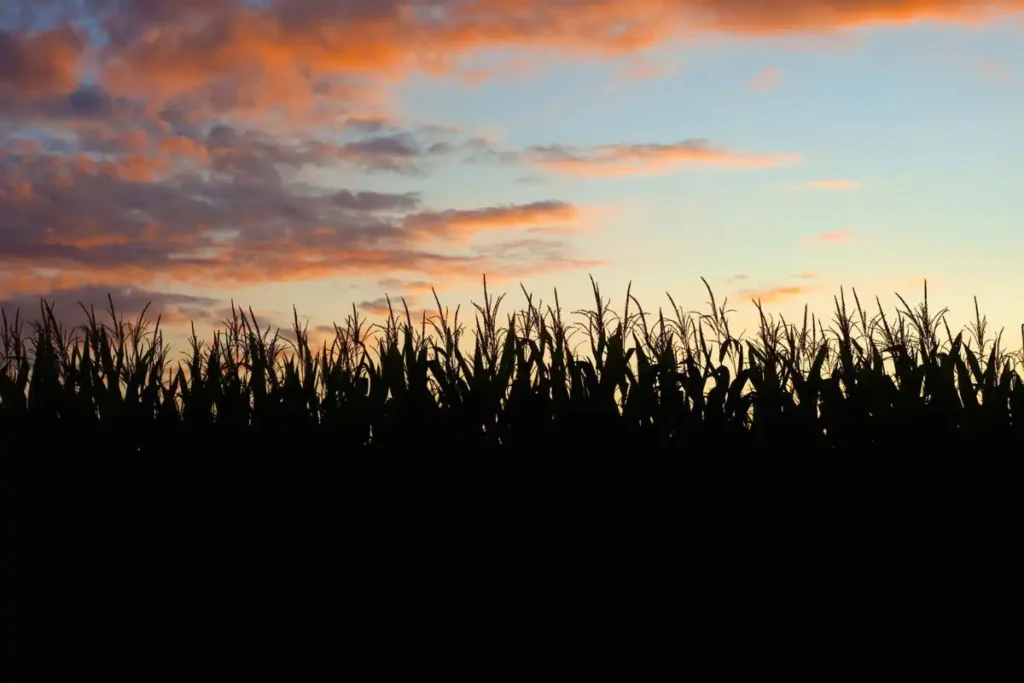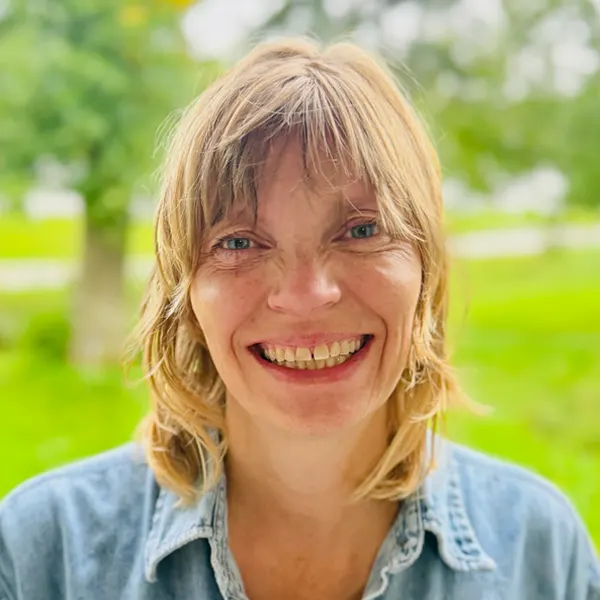Back in April, we reported the big news out of South Dakota that would seem to strike a fatal blow to Summit Carbon Solutions’ multi-state, 2,500+ mile CO2 pipeline network. At yet, throughout the summer, Summit lumbered on across the prairie landscape like a zombie, not quite dead yet certainly not fully alive.
Much of Summit’s energy and resources recently seemed to have been spent in Washington, D.C., where their lobbyists worked to extract as much as they could from the so-called “One Big Beautiful Bill” passed in July. Ultimately, their attempts to circumvent state-level protections against the use of eminent domain for CO2 pipelines in states like South Dakota and Minnesota failed. However, Summit’s lobbyists did earn their paychecks with one major success that could prove to be a major windfall for the Carbon Capture industry that further exposes it for the climate scam that it is: the 45Q Tax Credit now includes “parity” in the payments it makes for both permanent storage or utilization of CO2 — meaning companies will receive the same amount per ton of CO2 whether it is piped deep underground for storage, or used to pump even more oil out of the earth in a process known as Enhanced Oil Recovery.
Through the summer months, things were relatively quiet in Minnesota. Then, in August, landowners across the five states received somewhat cryptic letters from the company announcing an abrupt change in leadership and a revamped website, but with little detail about what landowners and communities in the footprint could expect next, beyond a “revised Right of Way proposal in the coming weeks.” Those coming weeks are turning into months, and still… crickets.
Then last week, across the border in Iowa, Summit asked the Iowa Utility Board to amend its permit, which currently prevents it from starting construction before all necessary permits are in place in South Dakota and North Dakota. According to Summit, this is to allow for “additional options for storage and pathways to storage are developing and may provide a better solution.” What are those additional options? Again, Summit provides no details.
Meanwhile, North Dakota is making threats about taking legal action against its neighbor to the south, saying that South Dakota’s popularly approved ban against using eminent domain for CO2 pipelines is a “hostile act” that impedes interstate commerce. Take this threat with a grain of salt, though, North Dakota loves to threaten a Commerce Clause lawsuit from time to time, but often doesn’t follow through.
Clearly, Summit continues to search for a viable pathway for its project while wielding its political influence to keep hope alive for its investors, but all indications are that they haven’t yet secured a way to get around the fact that its project is neither needed nor wanted in the communities where it wants to build.
What does this mean for the process in Minnesota? Frankly, the timeline remains murky. While Summit received a permit for a mere 28 miles of pipeline in Minnesota, nearly four years after announcing the project, it has yet to apply for the hundreds of other miles it planned to build in our state. Moreover, Minnesota has never allowed CO2 pipeline companies to use eminent domain.
At the end of the day, Summit can scrub its website and leadership team, but that doesn’t change the fact that this project is the same as it ever was: a massive boondoggle that funnels taxpayer money to the oil industry, Summit, and its investors while giving very little back to the people in the impact zone. But rest assured, CURE is ready to respond on behalf of our land, water, and communities whenever Summit makes its next move in Minnesota.
By Maggie Schuppert, CURE Director of Strategic Initiatives


